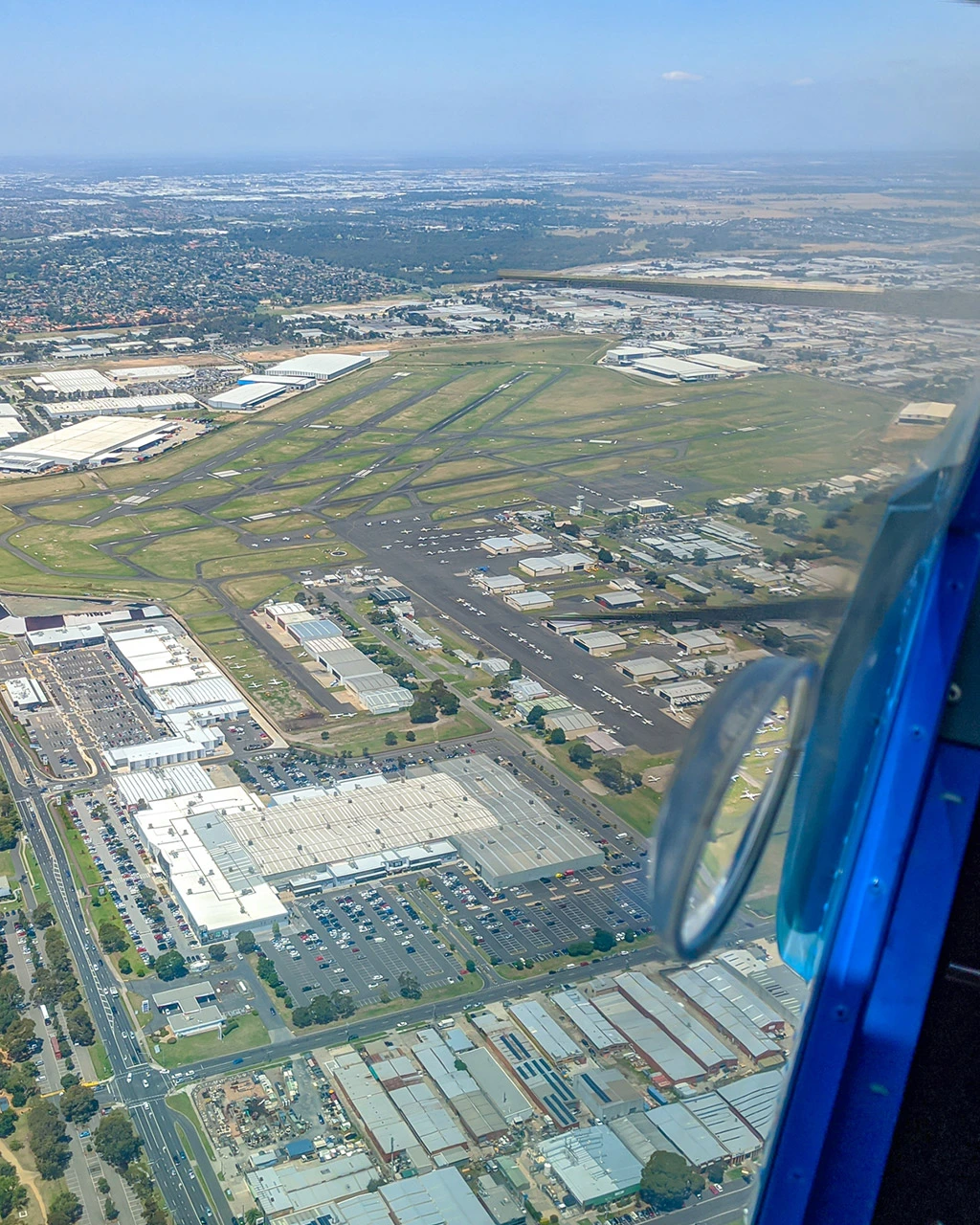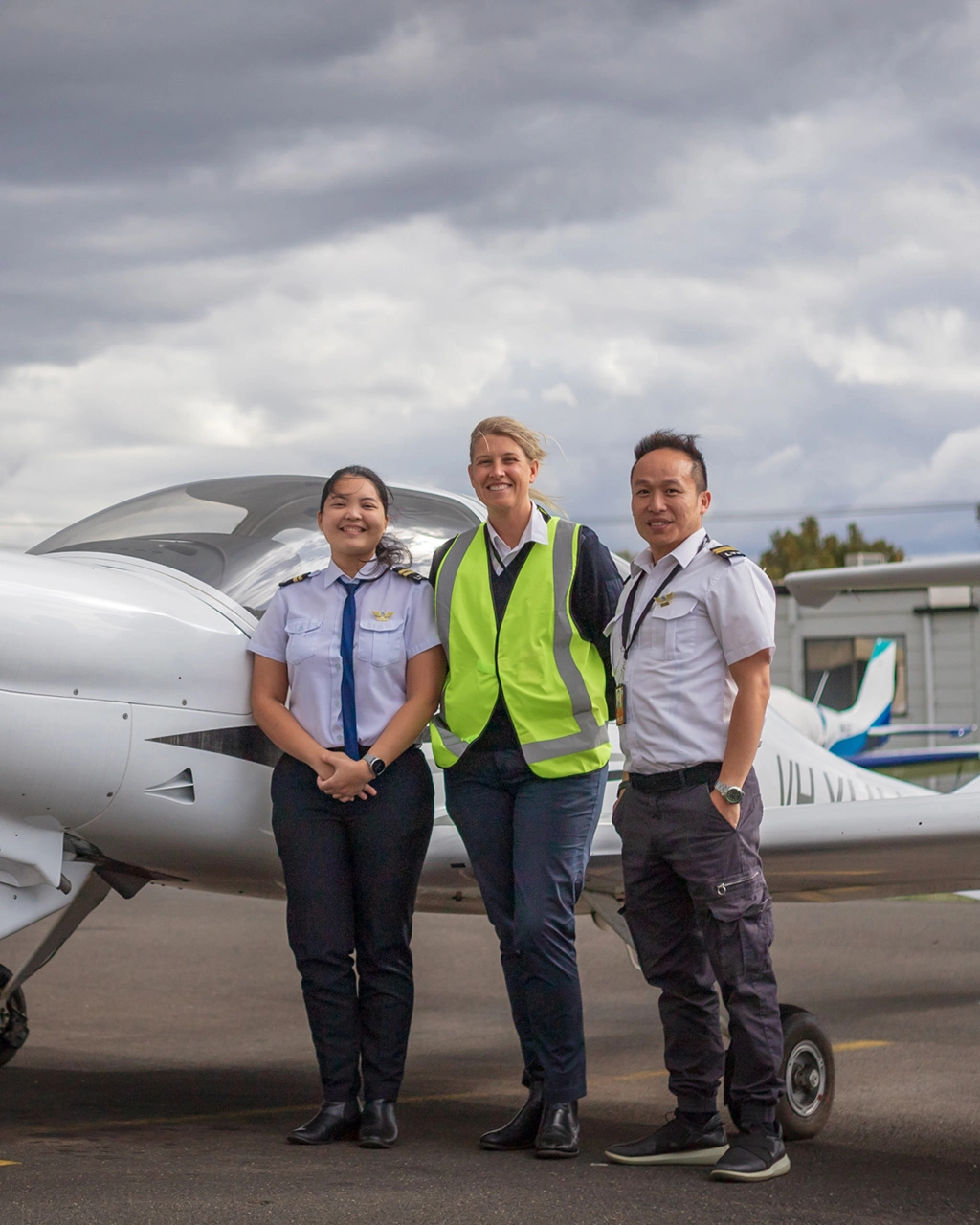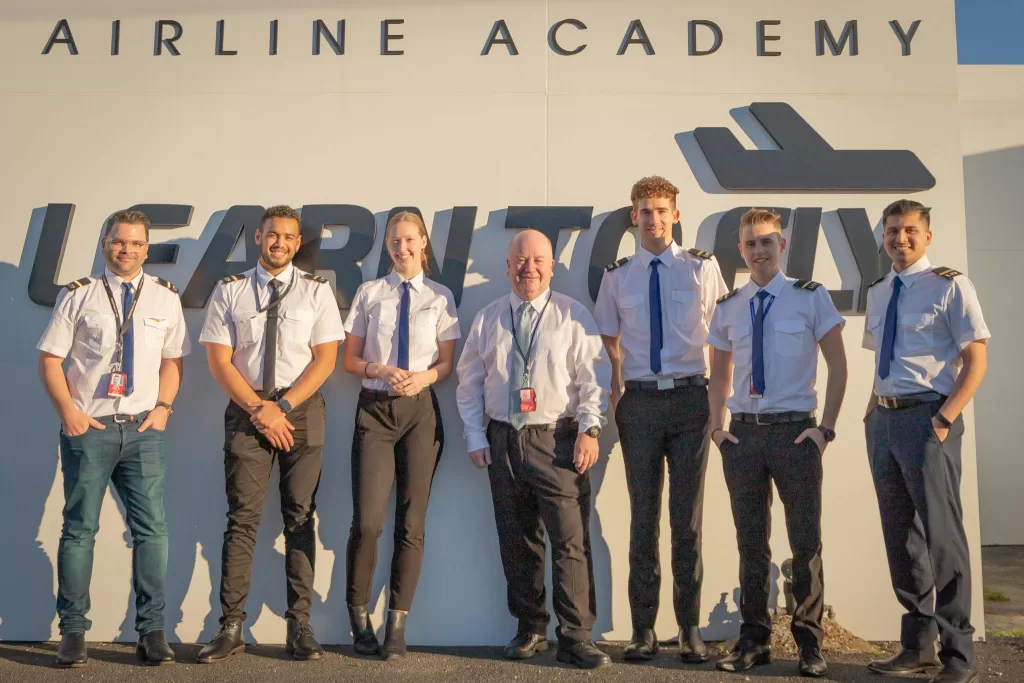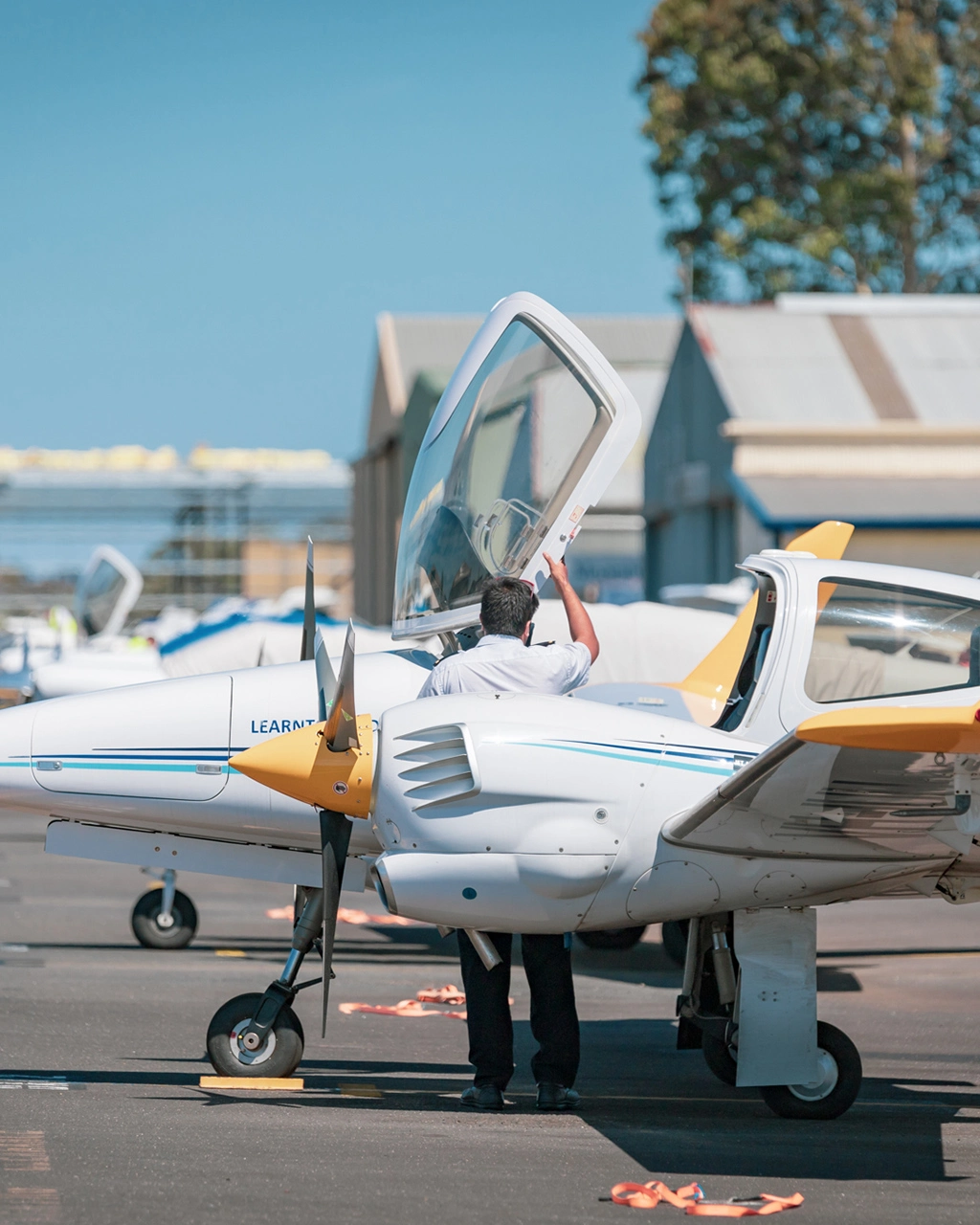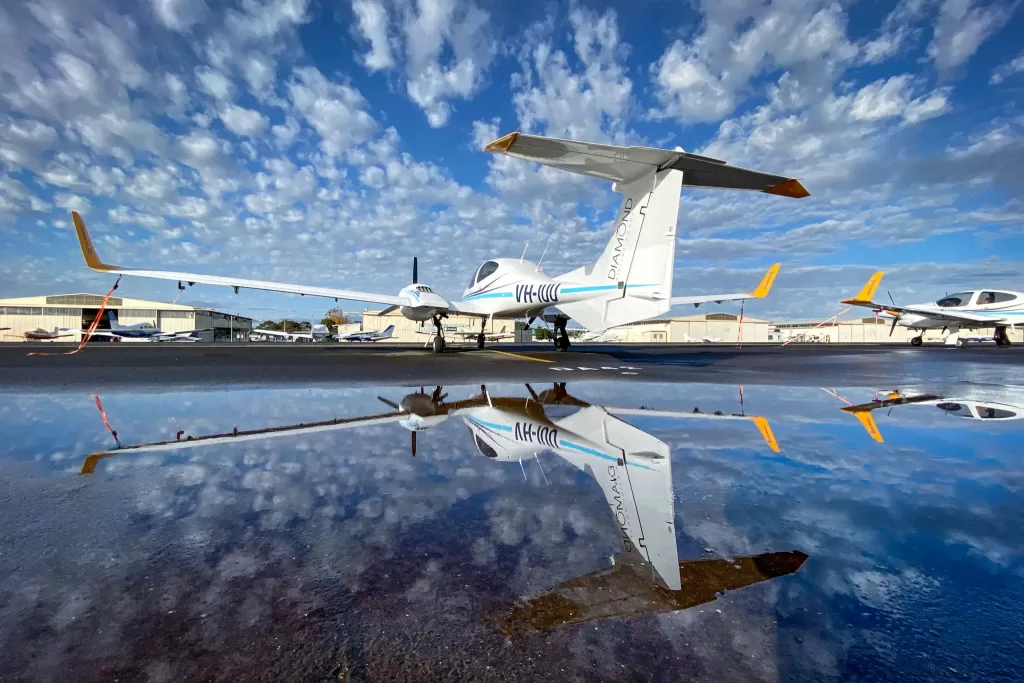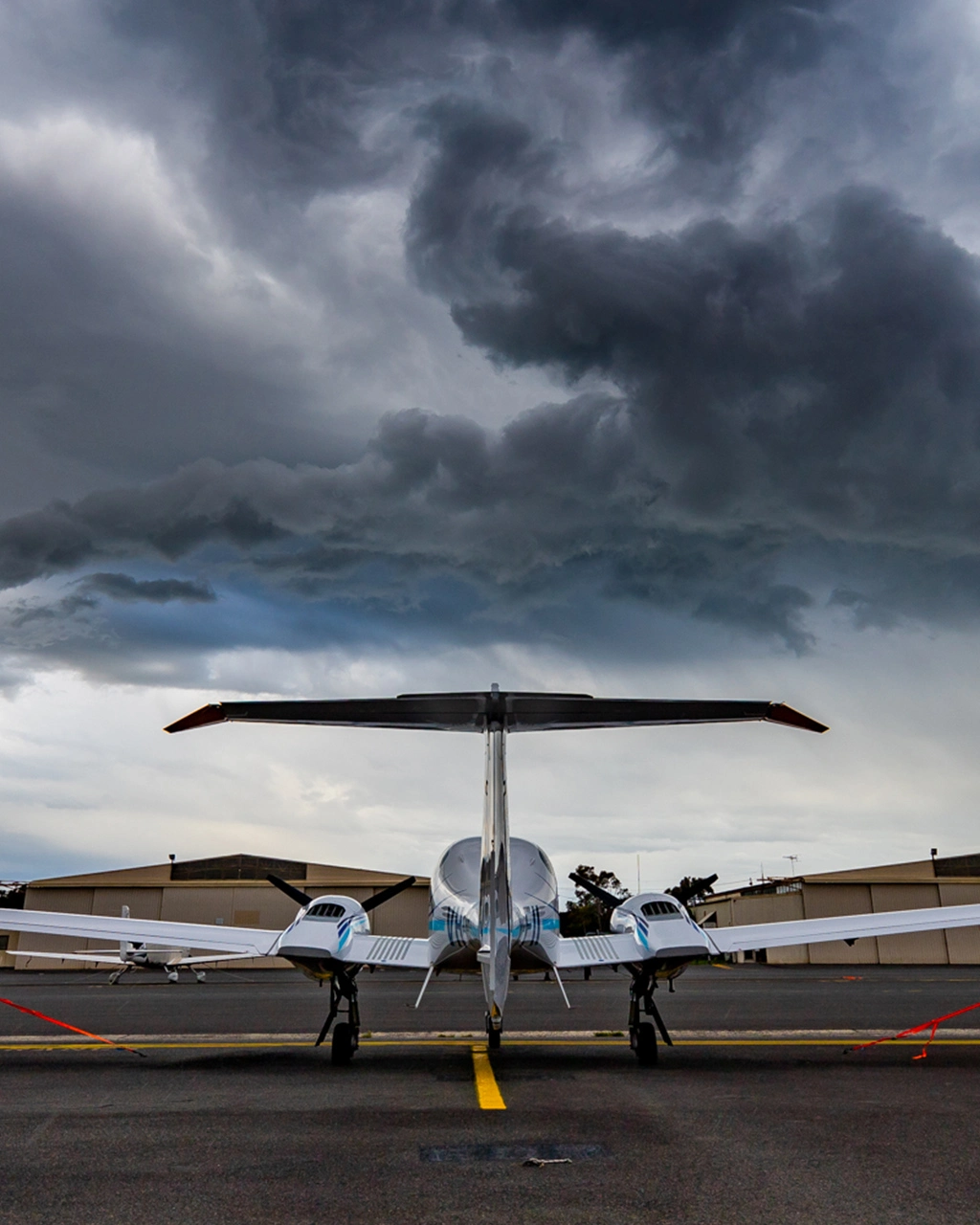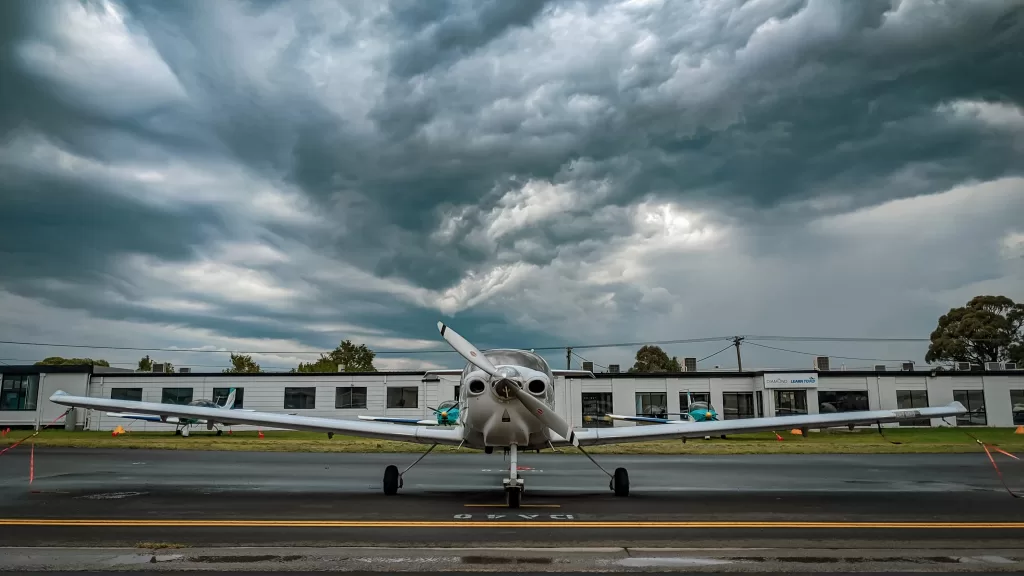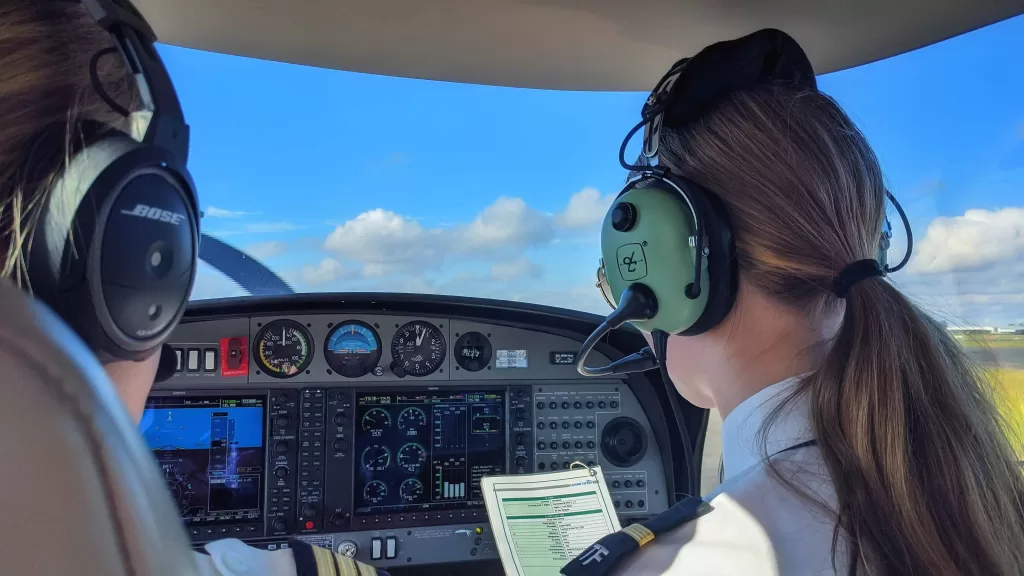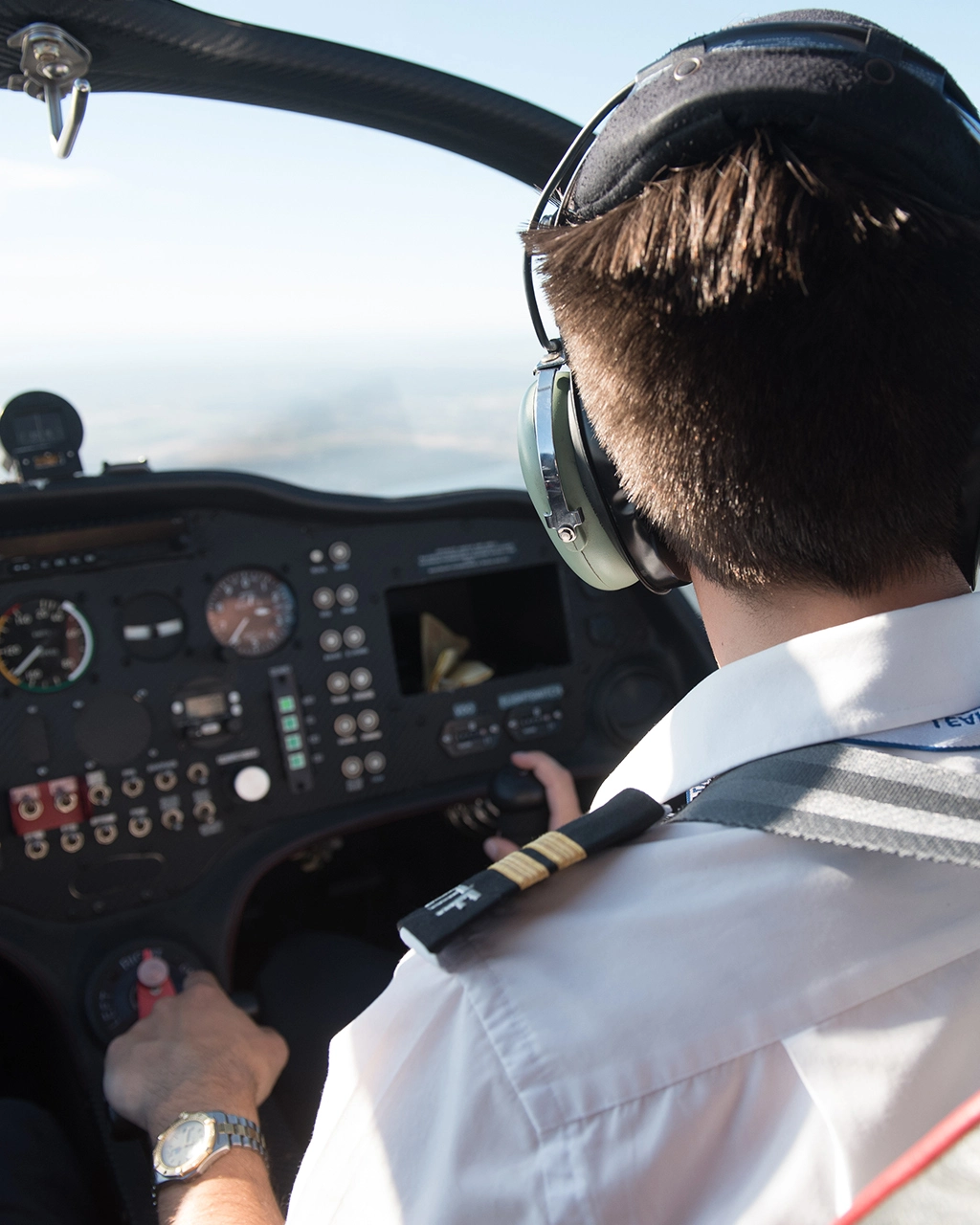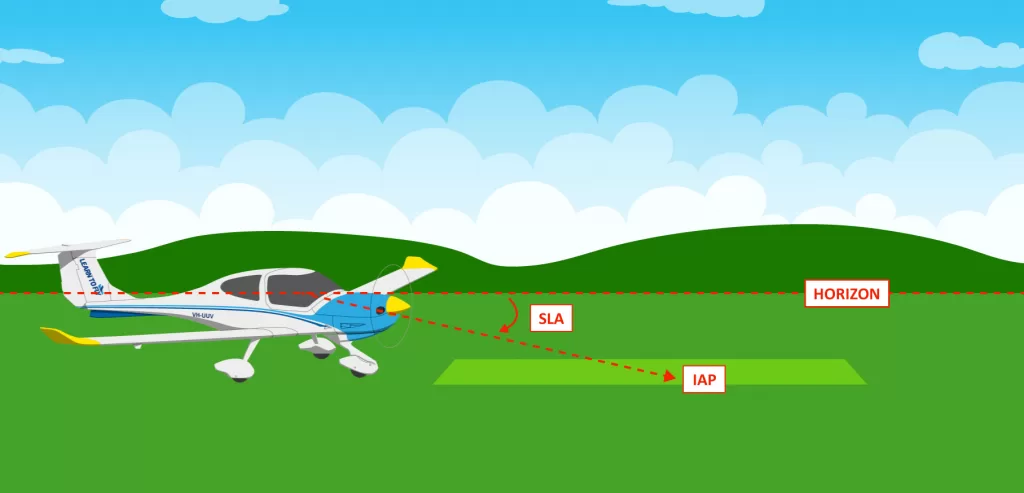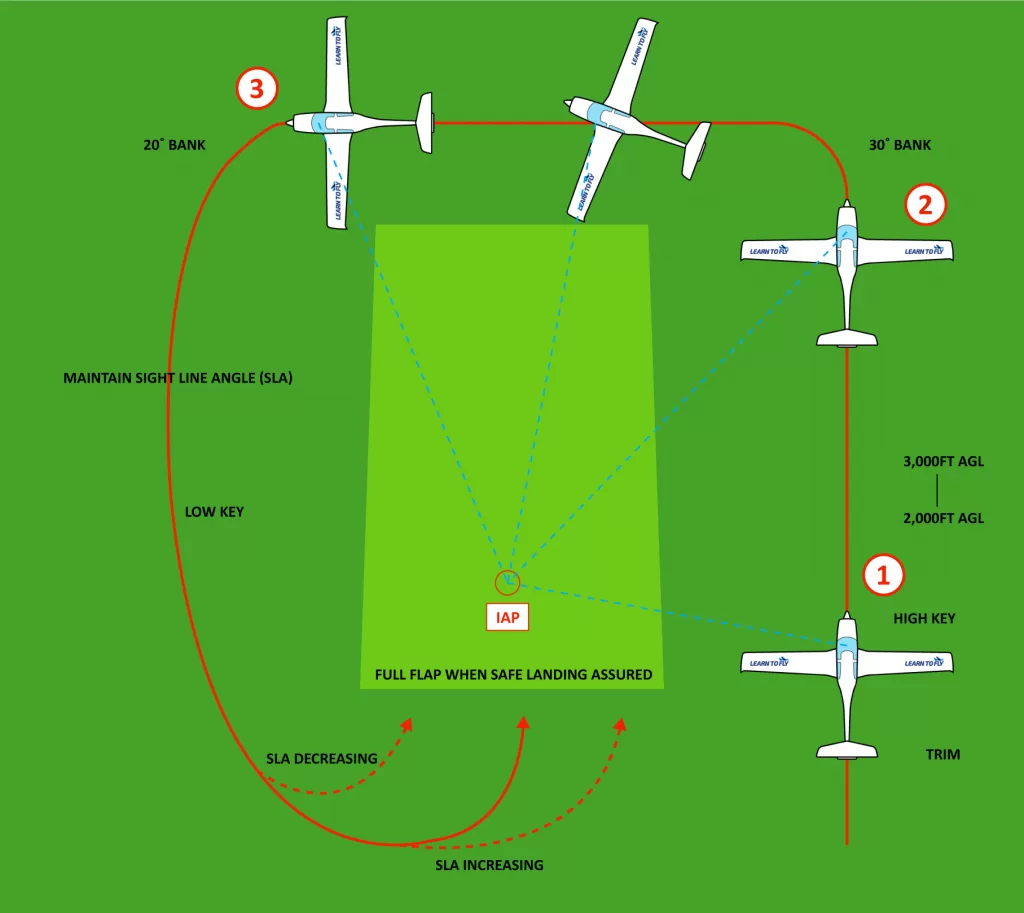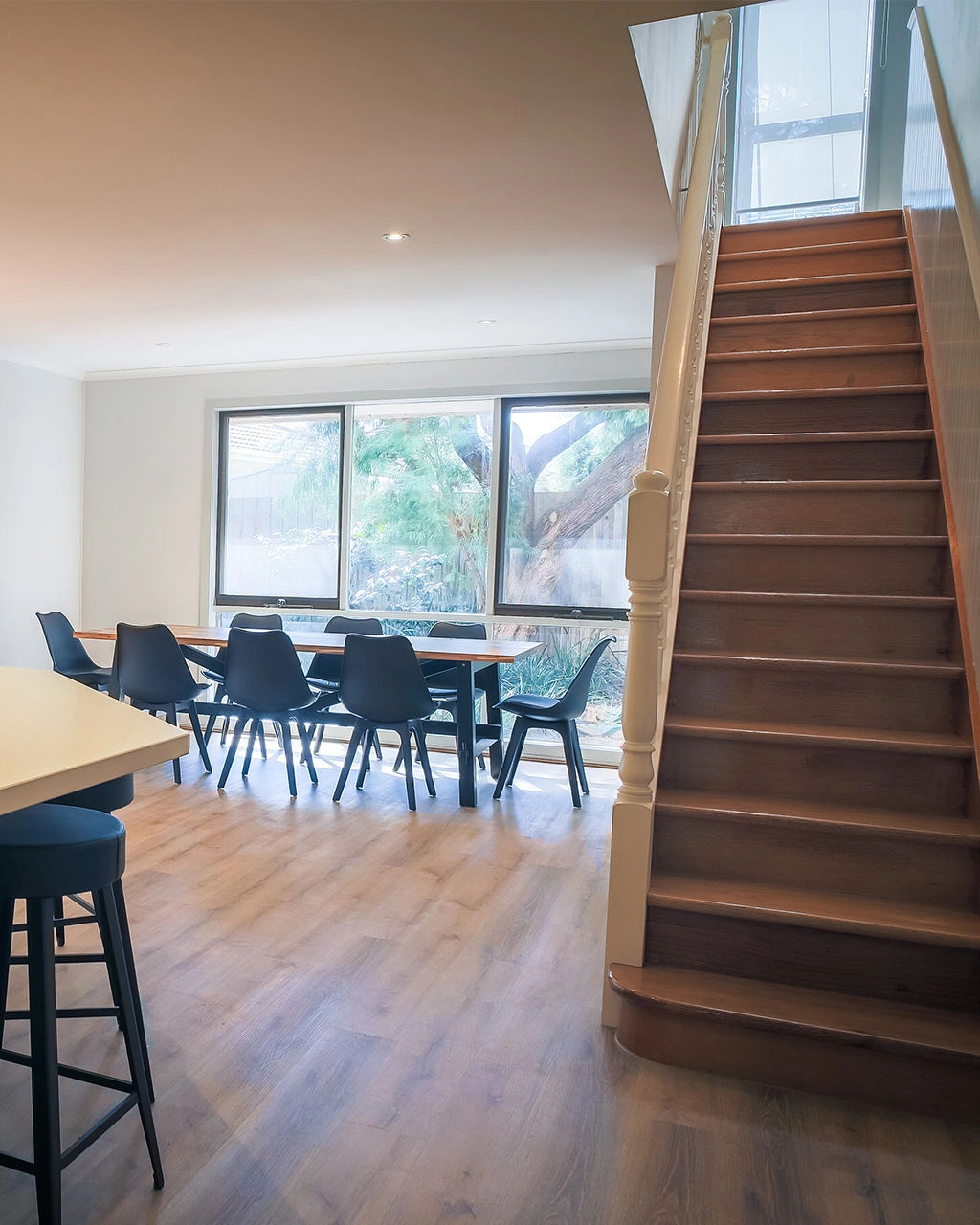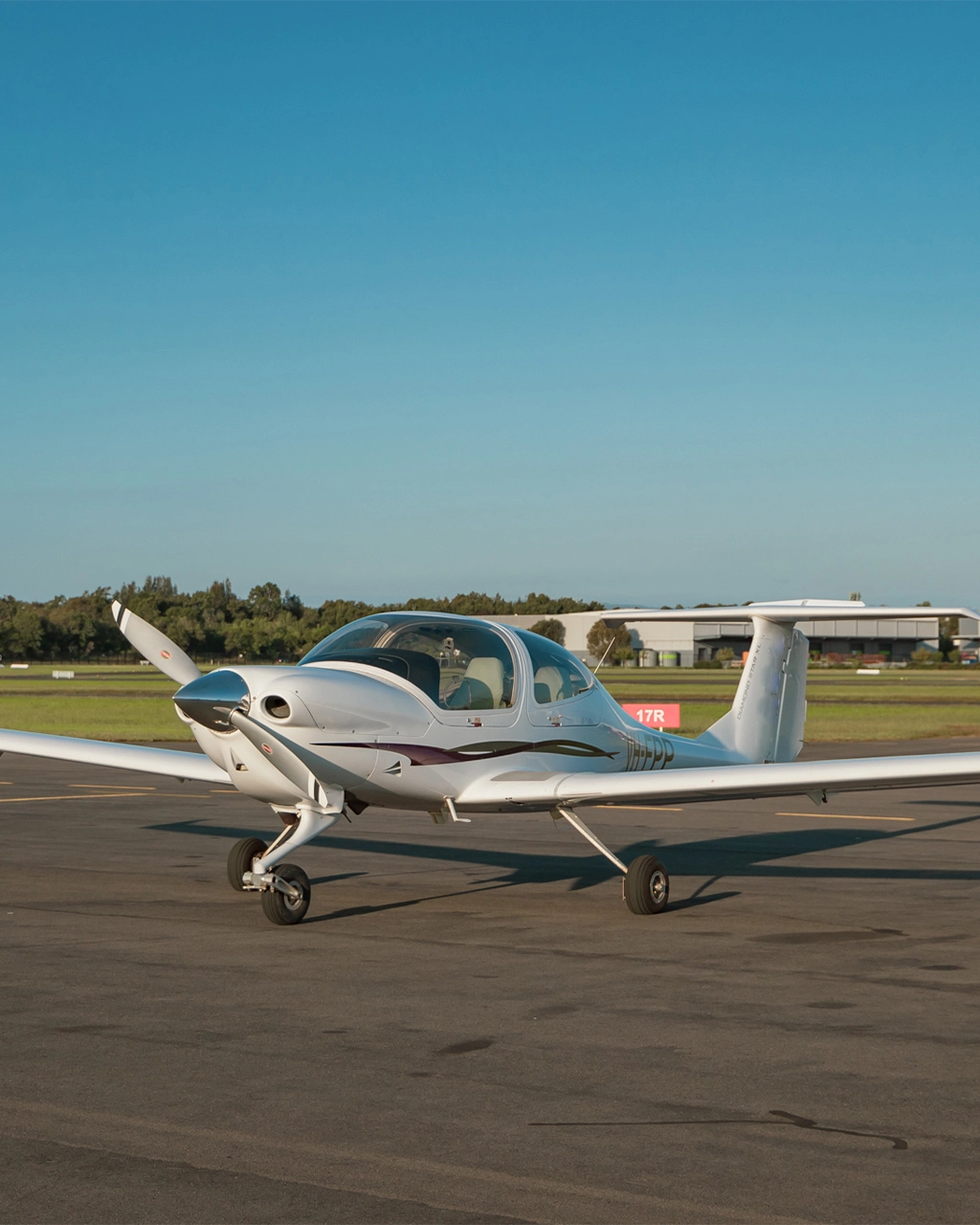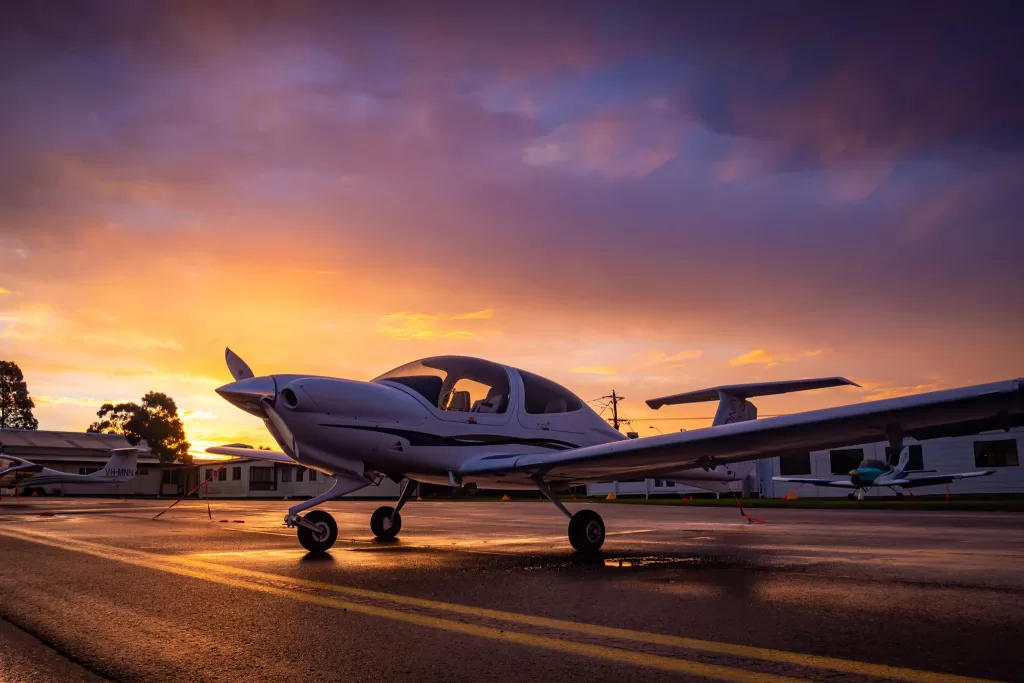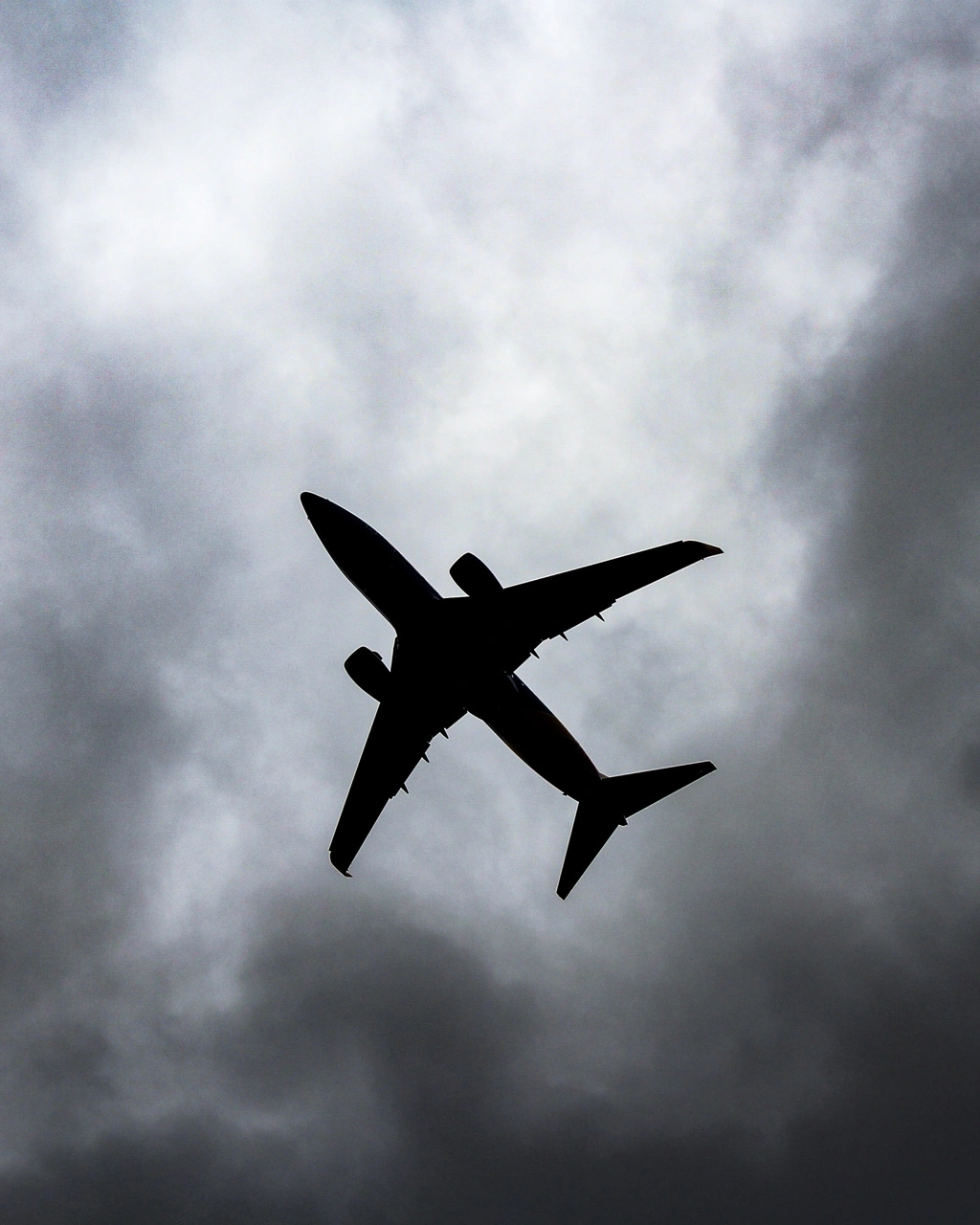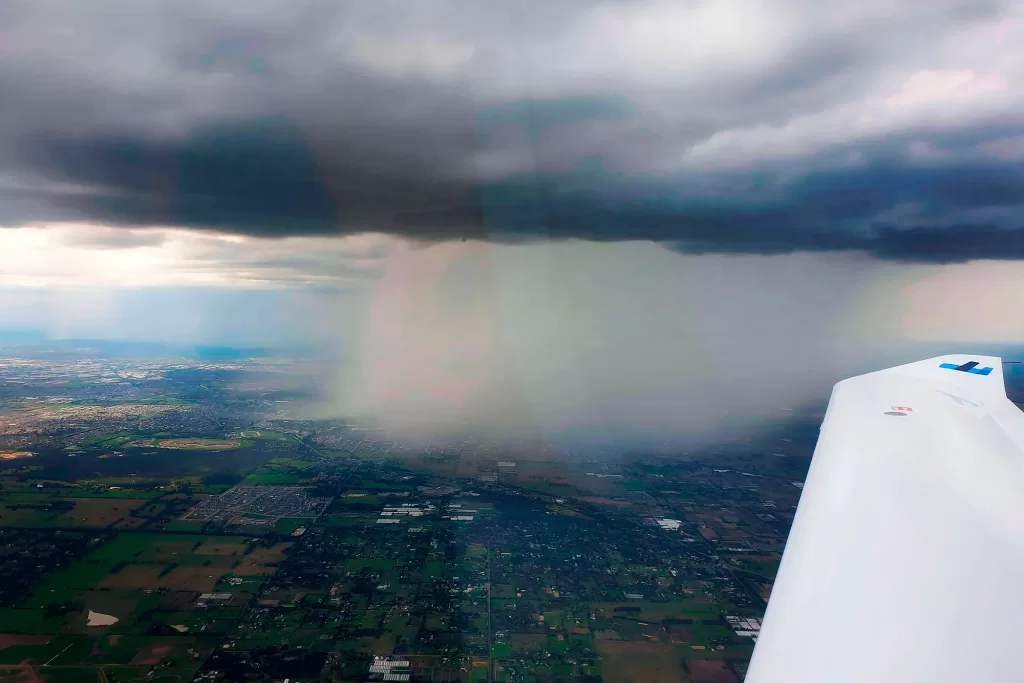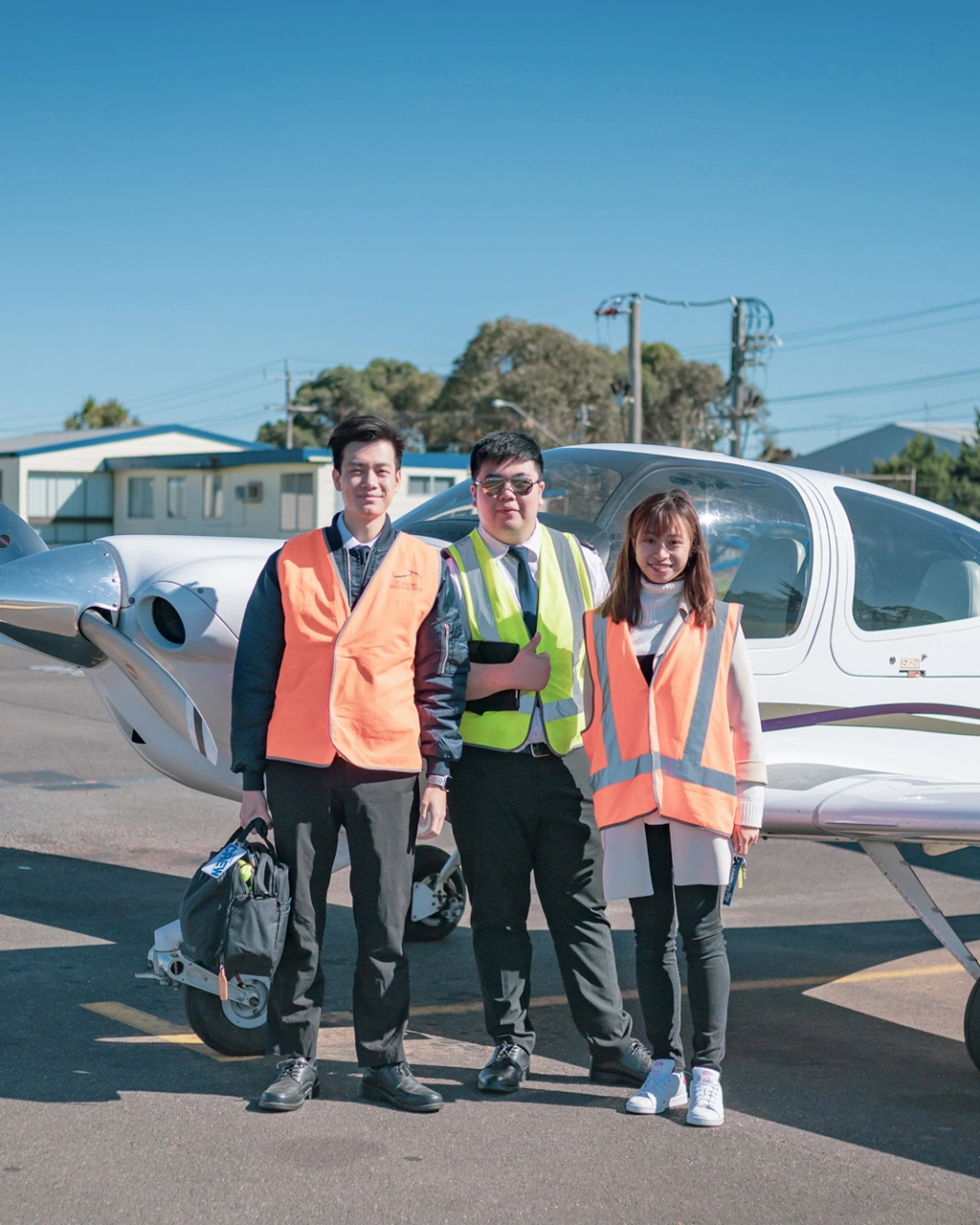1. Agreement
A. This Agreement is made between Learn To Fly Australia Operations Pty Ltd (LTF) and the Student (the Student) whose name is specified in item 1 of the Schedule.
B. LTF agrees to allow the Student to occupy the Learn To Fly Student Accommodation facility for the period as specified in item 2 of the Schedule, for the Occupancy Fee (the Fee) as specified in item 3 of the Schedule, on the basis that the Student conforms with the rules and conditions of use as outlined in this Agreement, the Student Code of Conduct or any associated documents as amended from time to time.
2. Definitions
Student Accommodation – All buildings and outdoor areas within the boundary of 5 Kallista Court, Cheltenham, VIC 3192
Common areas – Kitchen, Living, Dining and Outdoor area
LTF – Learn To Fly Australia Operations P/L
Bedroom – The accommodation area assigned to a specific student
Laundry – The building housing the communal washing machines and dryers
Dining Room – The area within the Central Building used for meals
Living Area – The lounge area within the Student Accommodation
3. Terms of use
General
The student must not:
A. use or allow the Student Accommodation to be used for any illegal purpose.
B. use or allow the Student Accommodation to be used in a such a manner as to cause a nuisance or cause an interference with the reasonable peace, comfort or privacy of any occupier of neighbouring student blocks or other occupants of the airport.
C. affix any sign, nail, screw, or other fastener or adhesive to the inside or outside of the Student Accommodation.
D. store lubricants or flammable liquids (including but not limited to kerosene and motor fuels) at the Student Accommodation.
E. keep any animal, bird, or other pet within the Student Accommodation.
F. Do not tamper with the smoke detector in the bedroom, this includes placing any item over the detector.
Alcohol and other drugs
G. The storage and/or consumption of alcohol or prohibited drugs within the Student Accommodation is prohibited.
H. Drunkenness or indecent/objectionable/disrespectful behaviour to ALL staff, third-party contractors or other students will not be tolerated, such behaviour may lead to disciplinary action.
Smoking
I. Smoking is not permitted anywhere within the Student Accommodation other than the designated smoking area located in the backyard only.
J. Cigarette butts must be placed in the appropriate receptacle. Cigarette butts must never be thrown on the ground.
K. A Student caught smoking in a non- designated smoking area or incorrectly disposing of cigarette butts may be subject to disciplinary action.
Cooking
L. The Student is permitted to boil water in the kettle and heat up food in the microwave that is supplied.
M. No other cooking equipment or utensils are permitted to be used in the Student Accommodation including but not limited to rice cookers, frying pans, and toasters.
N. Students must clean and tidy the area after use, otherwise a $50.00AUD cleaning fee may be imposed.
4. Access to student accommodation
Access cards
A. The Student will be provided with two keys. One key will allow the Student to access the Student Accommodation via the main entry. The second key will allow the Student to access their assigned bedroom.
B. The Student must return both keys when the Student vacates the Student Accommodation.
C. If the Student loses their keys the Student will be charged for the cost of replacement key at a cost as shown in Item 4 of the Schedule or as determined by LTF from time to time
Access rules and times
D. The Student is required to enter and exit the Student Accommodation via the main door.
E. The Student will not allow any person to enter the Student Accommodation unless they are a known resident of the Student Accommodation or an LTF staff member. If in doubt, the Student is required to ask the person trying to enter the Student Accommodation to show their LTF-issued Student or Staff ID card.
F. The Student acknowledges that LTF may at its discretion set curfews in relation to the entry and exit to the Student Accommodation. Information on any curfew times will be provided to the Student via a separate communication.
Lock outs
G. If the Student has lost or does not have their Student ID or their Room key with them and they are unable to enter the Student Accommodation or their bedroom (a Lock Out), they should in the first instance contact their roommate and then Manager to meet them and allow them to enter the Student Accommodation.
H. If another Student is not able to provide them with access, the Student is to present themselves at the Reception at LTF Officer. A staff member will then make arrangements for them to access the Student Accommodation.
I. If the Lock Out occurs outside of the operating hours of LTF operating hours, then the Student is to contact the Manager on the number listed in Item 5 of the Schedule.
J. LTF reserves the right to charge a student for any costs associated with a Lock Out that occurs outside of the operating hours of the Operations.
Visitors
K. The Student is not allowed to have visitors to the Student Accommodation without obtaining permission in writing and in advance from Management.
L. Under no circumstances will visitors be allowed to stay overnight in the Student Accommodation.
5. Conditions of the student accommodation
A. LTF will ensure that the Student Accommodation is maintained in good repair in accordance with all applicable health, safety, building and other applicable regulations.
B. The Student must ensure that care is taken to avoid damaging the Student Accommodation and any furniture or fittings. This includes their assigned room and all common areas including outdoor areas.
C. The Student must notify LTF as soon as practicable upon becoming aware of any damage or defects to the Student Accommodation, including smoke detectors, air conditioners, other equipment, and furniture and fittings, that might require repair or that might injure a person or cause further damage to the Student Accommodation.
D. The Student acknowledges and agrees to pay for any damage caused to the Student Accommodation by the Student including any damage as the result of the tampering with a smoke detector.
E. No item that could cause a blockage (including but not limited to feminine hygiene products, disposable towels, or excessive amounts of toilet paper) is to be flushed down the sewerage, stormwater, or drainage systems.
F. The Student must as soon as practicable notify LTF of any blockages or defects in drains, water services, or sanitary systems.
G. The Student may be required to pay for all reasonable expenses that are incurred in rectifying defects or blockages that are caused by the Student.
6. Cleanliness of the student accommodation
Common areas
A. LTF will ensure the common areas of the Student Accommodation are cleaned regularly and the cleanliness maintained at a high standard at all times.
B. The Student is required to ensure that the common areas are kept free of rubbish at all times
Bathroom and kitchen
C. LTF will provide a periodic cleaning service of the bathrooms and kitchens to ensure that these areas are maintained in a clean condition.
D. The Student is to ensure that any spills, splashes or sprays are cleaned immediately and that microwaves, bench tops and fridge are kept clean at all times. Students are required to maintain the integrity of the bench tops (including stains, hot equipment etc.)
E. The Student is to ensure that any crockery or cutlery is cleaned after use and stored safely
F. The Student must store all rubbish and waste in the appropriate receptacles or as directed by LTF.
Student bedrooms
G. The Student must keep their assigned bedroom in a clean condition at all times.
H. Students must remove rubbish and waste from rooms and deposit in the general waste bins on a regular basis.
I. The Student acknowledges and agrees to pay for any costs associated with special cleaning of the Student Accommodation being required due to the Student Accommodation not being kept reasonably clean by the Student.
J. The student will be provided with a new set of bed linen once a week. Students can contact Management if they require a new set prior
Inspections
K. The Student acknowledges that LTF will carry out the bedroom, and common area inspections at regular intervals.
L. LTF reserves the right to enter the student’s room at any time (with or without the Student present) to conduct an inspection without prior notice. Noting that LTF will knock first to ensure that the Student has the opportunity to open the door.
M. If the Student’s room or the shared areas are deemed to be in an unacceptable state the student will be required to clean the room/area.
N. A failure to clean a room or repeated cases of rooms being in an unacceptable state may see the Student be subject to disciplinary action.
O. A Final Inspection will be conducted after the Student has vacated their bedroom. Any damage or ad-hoc cleaning required to the bedroom will be noted and the costs of repairs or cleaning may be charged to the Student or deducted from their Security Deposit.
7. Utilities and internet
Utilities
A. The cost of all utility charges (electricity and water) during the occupancy by the Student is included in the Fee.
B. The Student is required to ensure lights and the air conditioner is turned off when their bedroom is unoccupied.
C. Charges arising from the excessive or negligent use of utilities may be passed on to the Student.
D. If a service is damaged or disconnected because of the fault of the Student, the Student must have the service repaired or reconnected and pay the expense of doing so.
Internet
O. The Student will have Wi-Fi access to the internet from within the student accommodation.
P. The Student acknowledges that accessing any illegal sites, performing illegal transactions or illegal downloads is strictly prohibited.
Q. Any Student found to be using the internet for illegal purposes will be subject to an investigation that may lead to termination and possible criminal action by the relevant authorities.
R. Charges arising from the excessive or negligent use of the internet may be passed on to the Student.
8. Laundry
A. Laundry facilities are provided including a washing machine, tumble dryer, external clotheslines, folding tables, clothes irons and ironing boards.
B. Additional charge of AUD$3.00 each for the use of Washing Machine and Dryer.
C. The Laundry and the associated external area are to be kept clean and tidy at all times.
D. Clothes must be removed from washing machines and/or tumble dryers promptly once the washing/drying cycle has been completed.
E. Students are required to check and clean the lint filter within the tumble dryer before and after using the tumble dryer.
9. Recreational activities
A. The Student Accommodation has a number of recreational facilities available for the quiet enjoyment of the Student including an outdoor BBQ area and spa.
B. The procedures for the use of the BBQ and spa will be provided by LTF in a separate document.
C. LTF does not provide bicycles for use by the Student, however, the Student is permitted to purchase their own bicycle for storage within the Student Accommodation.
D. Bicycles should be parked in the garage only. e. The Student must adhere to all road safety rules when riding a bicycle on a public road, including the wearing of an appropriate helmet.
10. Car parking
A. Limited car parking spaces are available. Students must advise and request car parking availability with Management.
B. The Student acknowledges that LTF is not liable for the security or any
damage to the Student’s vehicle arising directly or indirectly from parking in this car park. Parking in this car park is at the Student’s risk.
11. Property and liability insurance
A. LTF will maintain adequate property and liability insurance cover for the Student.
B. The Student acknowledges that LTF’s insurance policies do not provide cover for the Student’s personal possessions.
C. The Student will not knowingly do or allow anything to be done on the Student Accommodation that may invalidate LTF’s insurance policies or result in the premiums being increased above the normal rate.
D. The Student acknowledges that LTF may charge the student any excess incurred as a result of the accidental breakage of any glass, toilet bowls, or wash basins or any furniture or fittings in the Student Accommodation if the damage has been caused by the Student or by a person the Student has allowed or permitted to be on the Student Accommodation.
E. The Student will indemnify LTF for any loss or damage caused to the Student Accommodation by the Student.
F. The Student will indemnify LTF against liability for injury or loss sustained by any person or a person’s property because of the negligence of the Student.
12. Safety and emergencies
Safety
A. LTF is committed to developing, implementing, maintaining and constantly improving strategies and processes aimed at achieving the highest level of safety.
The Student is required to:
B. Familiarise themselves with all health and safety policies, practices and theemergency evacuation procedures.
C. Take responsibility for their own safety and that of their fellow students and strictly adhere to safety regulations and practices.
D. Assume active involvement in health and safety training activities.
E. Identify any hazard in the Student Accommodation and whenever possible eliminate, minimise or isolate the hazard and bring the hazard to the attention of LTF as soon as possible.
Emergencies
F. In the event of an emergency requiring an evacuation, the Student must follow the emergency evacuation procedures and/or the instructions of the Student Accommodation Manager (where applicable)
Fire hazard and smoke alarm
G. Students must take full responsibility for all fees and charges raised by a fire hazard caused by the student which includes smoke alarms activated by the students’ negligence. Charges start from AUD$1,000.00
13. Health and welfare
A. LTF values and respects the social and cultural diversity of our students, encouraging inclusive practices in order to provide an environment that is supportive, professional and productive. Any concerns held by the Student should be brought to the attention of LTF as soon as possible.
B. If a student becomes sick or unwell during the times that the LTF is open they should bring this to the attention of the Student Accommodation Manager on the number listed in Item 6 of the Schedule.
C. The Student Accommodation Manager must be notified immediately in the event of an accident that occurs within the Student Accommodation that causes injury to a Student.
D. The Student Accommodation Manager must be notified as soon as possible in the event of an accident that causes injury to a Student that has occurred outside of the Student Accommodation.
14. Notice to vacate
A. LTF reserves the right to terminate this Agreement at any time on the basis of a breach of this Agreement or the Code of Conduct by the student. In such a case the student may be required to vacate the Student Accommodation immediately.
B. The Student must provide at least 7 days’ notice of their intent to vacate the Student Accommodation, no refund will be provided.
15. Occupancy fee, security deposit and payments
Occupancy fee and security deposit
A. The Occupancy Fee associated with occupying the Student Accommodation is shown at Item 3 of the Schedule.
B. The Occupancy Fee includes the provision of a bedroom and all associated services within the Student Accommodation.
C. The Student will also be required to pay a Security Deposit as shown in Item 4 of the Schedule.
D. The Security Deposit will be refunded after the final inspection has been conducted minus the cost of any damage or additional cleaning.
E. LTF reserves the right to increase the Occupancy Fee at any time with a least 1 month- notice in writing to be provided to the Student
16. Payments
F. LTF will provide the Student with an invoice for the Occupancy Fee for the
daily/monthly rate and/or the Security Deposit prior to the commencement of the Occupancy Period.
G. The Student will be required to pay the Occupancy Fee for the first 28-day period plus the Security Deposit OR Full payment will be required if the student books less than 28 days prior to being permitted to occupy the Student Accommodation.
H. LTF will provide the Student with an invoice for the Occupancy Fee for each subsequent 28-day period 2 weeks before the expiry of the previous period.
I. The student will be required to pay each invoice promptly and a failure to pay may result in termination of the Agreement.
J. LTF will refund the security deposit made to LTF on completion of the final inspection.
K. At least 14 days- notice of booking cancellation is required with no additional charges.
L. If a student provides less than 14 days’ notice of booking cancellation, an Admin Fee listed in schedule Item 4 will be charged
M. No refund will be provided with less than 7 days’ notice of booking cancellation in addition to the Admin Fee listed in schedule Item 4 will be charged.










